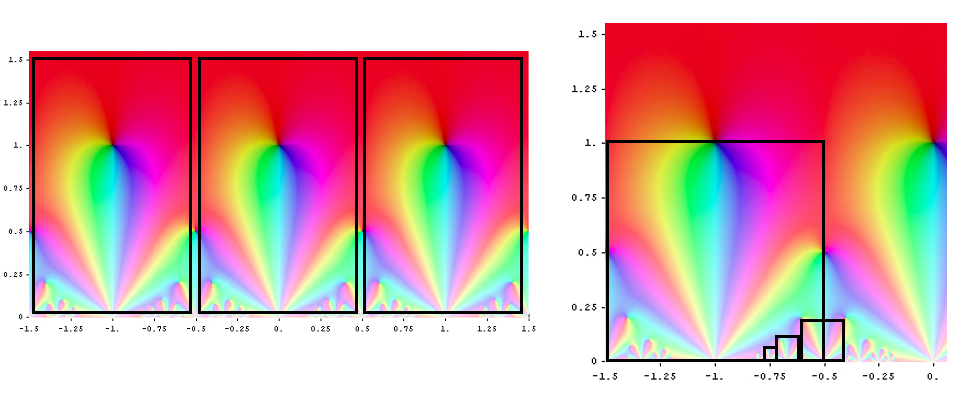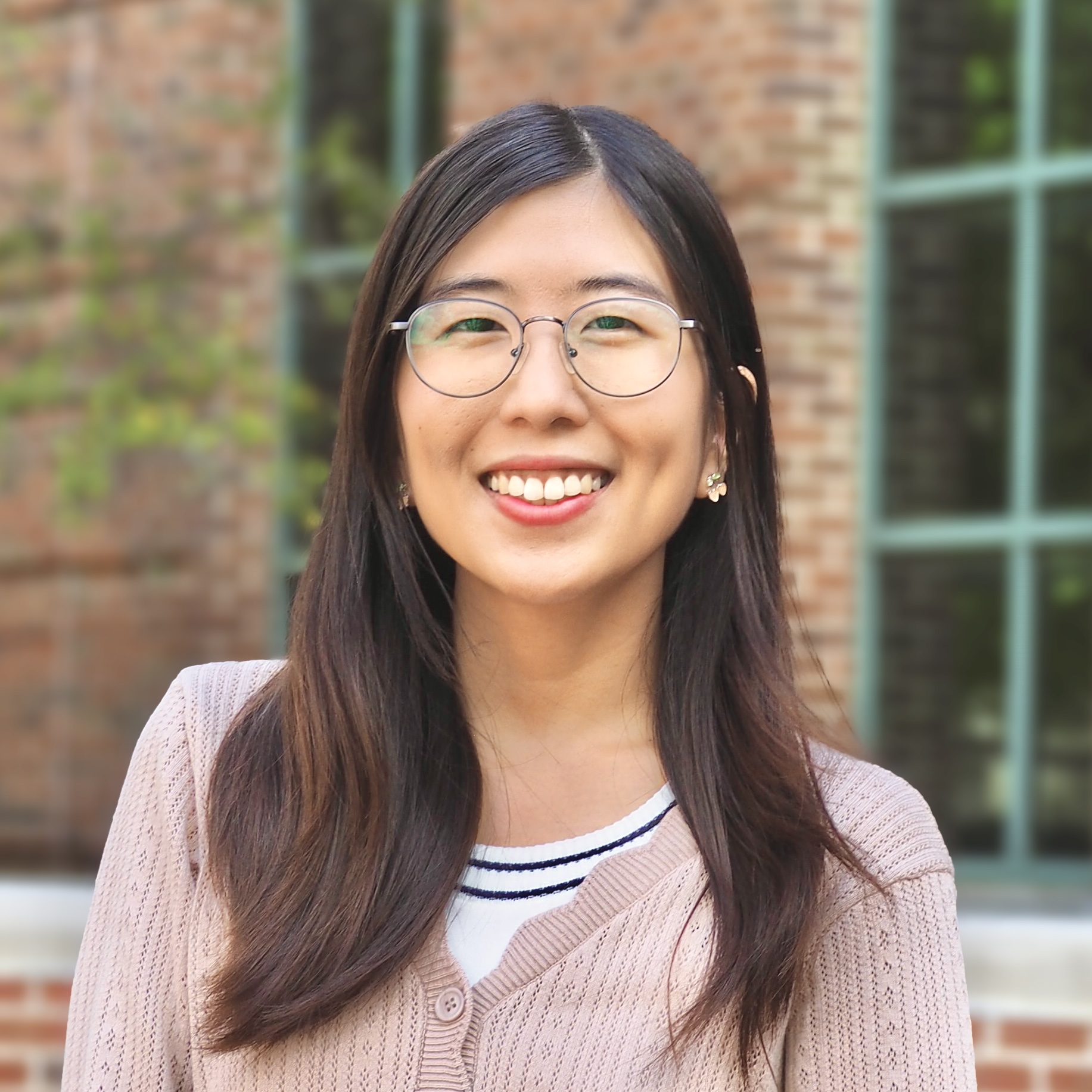On the Dirichlet L-functions and the L-functions of Cusp Forms
Date:
Upon my graduation from Bowdoin College in Maine, I have presented my honors thesis to the mathematics department. The topic is mainly about two families of \(L\)-functions, namely, the Dirichlet \(L\)-functions and the \(L\)-functions of cups forms. The first family is where the Riemann zeta function, our favourite \(L\)-function, belong to. The second one is a little more special as we have to acquire some knowledge about modular forms in order to understand this kind of \(L\)-functions.
Abstract
The main objects of our study are \(L\)-functions, which are meromorphic functions on the complex plane that analytically continue from the series of the form \[\sum_{n=1}^{\infty} \frac{a_n}{n^s},\] where \((a_n)\) is a sequence of complex numbers. In particular, we are interested in two families of \(L\)-functions: ‘‘The Dirichlet \(L\)-functions” and ‘‘the \(L\)-functions of cusp forms.” The former refers to the \(L\)-functions whose \(a_n\)’s are determined by Dirichlet characters, whereas cusp forms determine the latter. We begin our study with the celebrated Riemann zeta function, the simplest Dirichlet \(L\)-function, and discuss some of its well-known properties: the Euler product, analytic continuation, functional equation, Riemann hypothesis, and Euler’s formula for its critical values. Then, we generalize our exploration to the Dirichlet \(L\)-functions and point out some analogous properties to those of the Riemann zeta function. Moreover, we present our original work on computing the critical values of the Dirichlet \(L\)-function associated with the primitive character mod 4, or what is known as the Dirichlet beta function. Lastly, we establish some knowledge of the theory of modular forms and cusp forms, which are nicely-behaved modular forms, and discuss some properties of the \(L\)-functions of cusp forms.

More Information
I have created this slides to accompany my honors thesis presentation at the end of my senior year. I did have to present it at the end of the first semester as well, but at that time, my study was still half way done, so I don’t think the slides I used then would be as helpful and informative as this one. Feel free to check it out, but please do not use it without citing.
Moreover, here is the thesis that I wrote upon graduation. It is on the Bowdoin Digital Commons website. Non-Bowdoin students should be able to access the file in May 2022, but for my Bowdoin fellows, it should be now available for you all.
Many Thanks to
All the professors at Bowdoin College who had helped me throughout the process of make this happened, especially, Professor Naomi Tanabe who is such a wonderful advisor and mentor to me.
